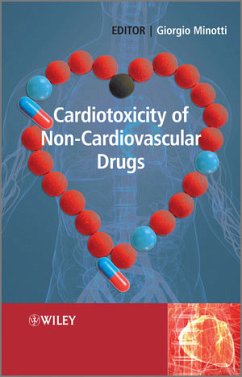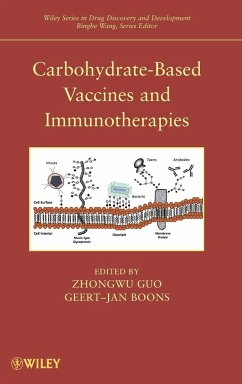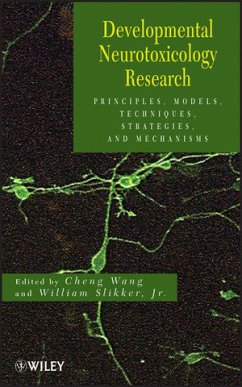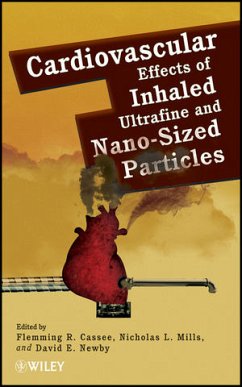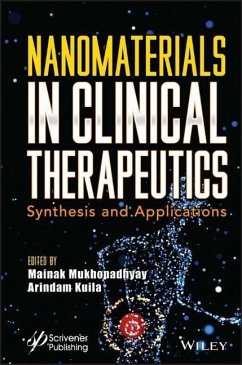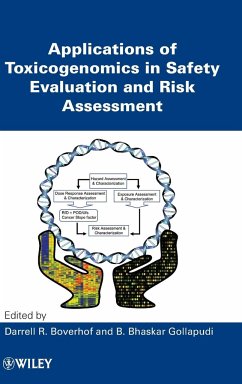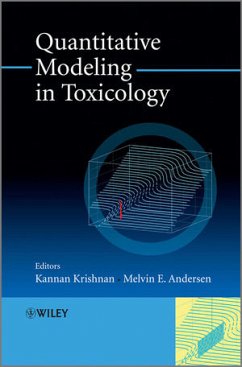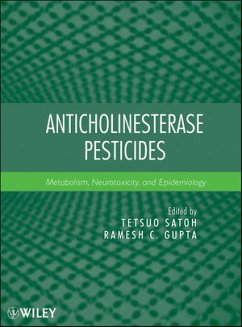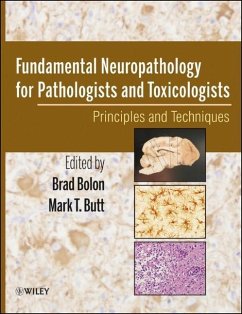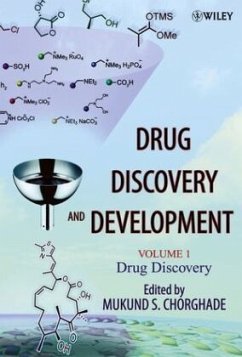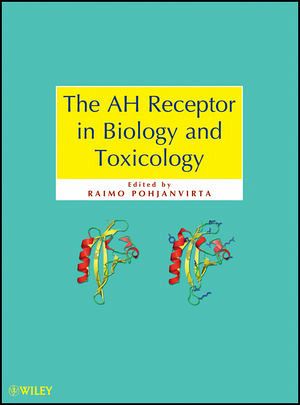
The Ah Receptor in Biology and Toxicology
Versandkostenfrei!
Versandfertig in über 4 Wochen
172,99 €
inkl. MwSt.
Weitere Ausgaben:

PAYBACK Punkte
86 °P sammeln!
This book provides a thorough and up-to-date overview of the aryl hydrocarbon receptor (AHR) and its unique dual role in toxicology and biology. The coverage includes epigenetic mechanisms, gene expression, reproductive and developmental toxicity, signal transduction, and transgenic animal models. Featuring an internationally recognized team of authors at the forefront of AHR research, this resource provides a comprehensive reference for readers interested in understanding the full spectrum of AHR, from basic concepts, toxicology analysis, and models to polymorphism and related diseases.



